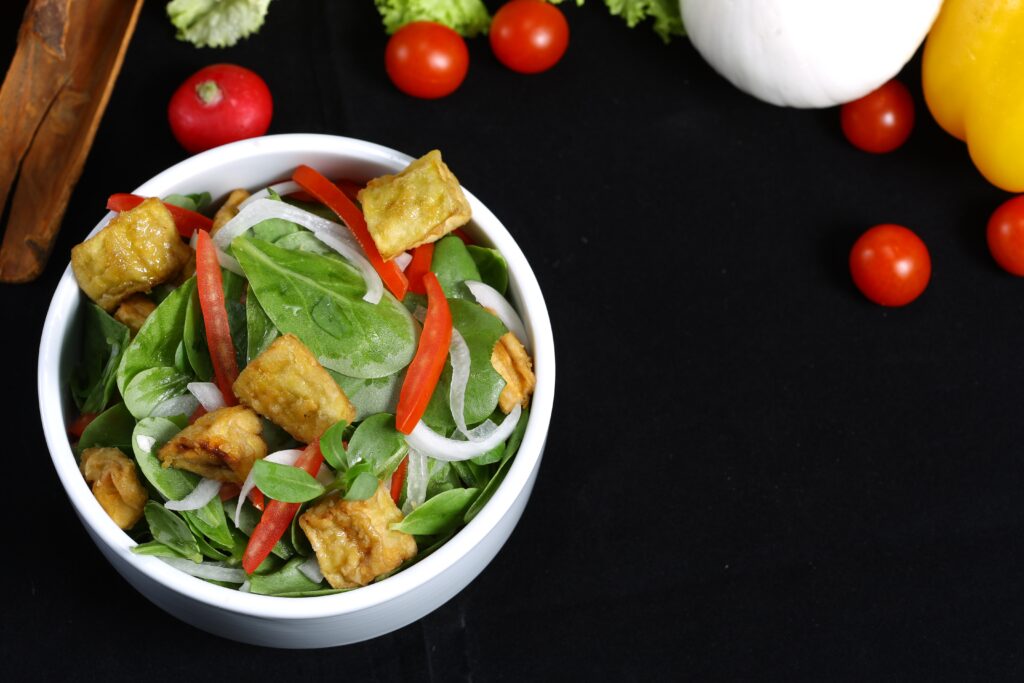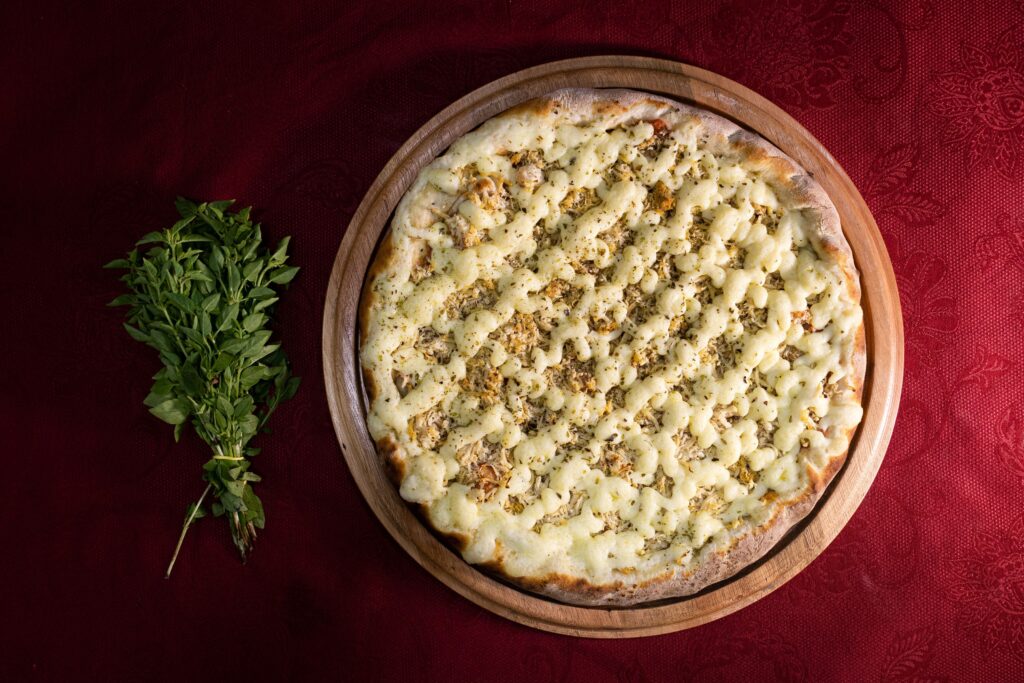The impact of an Indian restaurant veg thali on your blood glucose levels will depend on the ingredients that make up the thali. Generally, a veg thali includes carbohydrate-rich food. Moreover, foods like rice and roti (made with wheat) have high glycemic indexes (GI) that can be digested rapidly. This rapid digestion can cause a sudden spike in glucose levels that causes hyperglycaemia. In addition, other high-GI foods like sabzi, desserts, fried snacks and processed foods in the thali can also contribute to hyperglycaemia.
Stabilising your blood glucose level while eating an Indian restaurant veg thali
• Try to choose high-fibre foods, like lentils, beans, vegetables, salads and whole grains to go with your thali. Fibre slows down the absorption of glucose in your bloodstream.
• You may add protein to your meal. Protein takes longer to digest and helps stabilise blood sugar levels. You can include foods like dal, lentils and pulses in your meal.
• Be careful with your portion sizes. Indian restaurant veg thali can be quite generous in portions, but overeating can lead to blood sugar spikes.
• Consider avoiding refined carbohydrates. Instead, try healthy fats like kadhi, ghee and dahi.
The combination of different nutrients in the thali meal can affect your glucose levels. So, if you love Indian restaurant veg thali, you can avoid refined carbs and opt for low-calorie beverages. Also, incorporate physical activities into your daily routine. It will ensure a stable blood glucose level.







